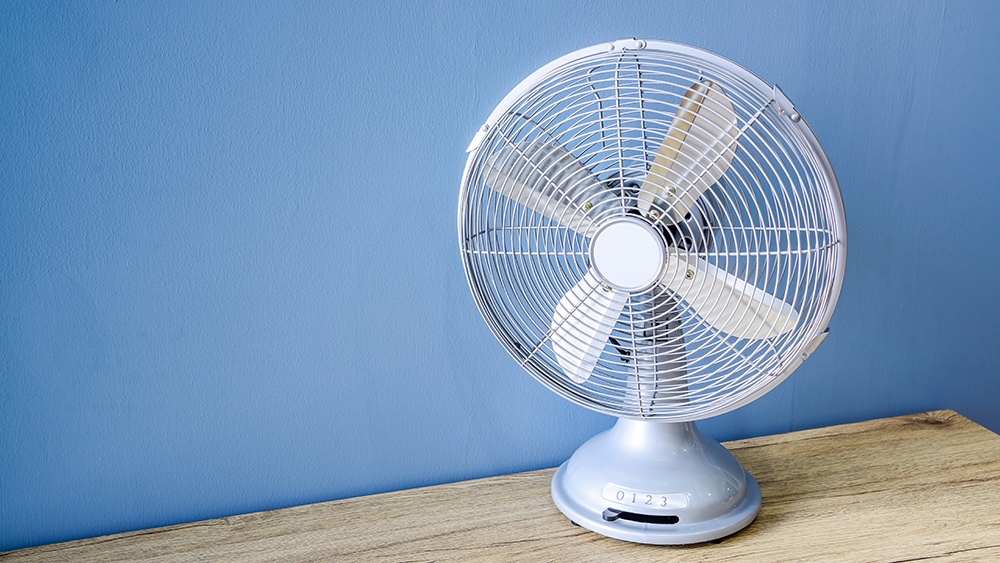
A few legitimate reasons could explain why your home’s air conditioning isn’t working, but what’s happening when your unit just won’t start? Take a look at Warner Service’s quick answers.
- It’s not receiving power. The simplest answer to the lack of air conditioning is that it was accidentally unplugged. It could also be a more serious problem like a defective breaker or a burned or disconnected wire. If you find the latter problem, call an HVAC expert.
- It's a faulty part. Whether it’s the motor, transformer, or capacitor, parts of your unit are clocking in their final days. If you suspect that you need a replacement part or a new unit, contact a local professional for an estimate.
- The wires have been chewed through. Critters use an outdoor unit’s low-voltage wires for snacks, which means that your air conditioner has no circuit.
- The circuit breaker tripped. This occurs after a power surge from a thunderstorm. Thankfully, most homeowners turn the circuit breaker back to the “on” position to get the unit up and running again. If your air conditioning doesn’t come on after a few tries or it trips again, call the pros.
- The air filter is clogged. Homeowners need to replace the air filter monthly to avoid unclean air circulating around the home. Clogged filters reduce airflow over the evaporator coil, causing the unit to ice up or shut down and go into a lockout mode.
For an easy DIY solution, hit “reset” on the outdoor unit until the air conditioning is functioning again. - The thermostat is off. Set your programmable thermostat to “cool” then adjust the temperature to at least 5 degrees Fahrenheit below the indoor temperature. This helps your air conditioner run at an optimal level.
- The condensate drain is obstructed. Algae and other gunk clog the condensate drain line, creating an overflow of water from the cold evaporator coil that leaks into your unit. Most drain float switches turn on to prevent any water damage, but homeowners can follow these instructions for immediate results:
- Connect the hose of a wet/dry vacuum to the condensate drain line (usually a ¾ -inch PVC pipe near the outdoor unit).
- Turn on the vacuum to begin sucking.
- Wait approximately 3 minutes to clear the drain line.
- Your garden's in the way. Extensive vegetation, grass, leaves, and other natural debris get sucked into the air conditioning vents. This damages the capacitor, which means the air conditioning won’t turn on. Call an expert to help.
Most air conditioners are designed to provide your home with 10 to 20 years of reliable cooling. However, even the most top-notch units have their off days. If the solutions above aren’t working, then you have an air conditioning problem that can’t wait.
Warner Service has the knowledge and expertise to help with any home HVAC problem. Find out more by downloading our HVAC Maintenance Checklist below:


